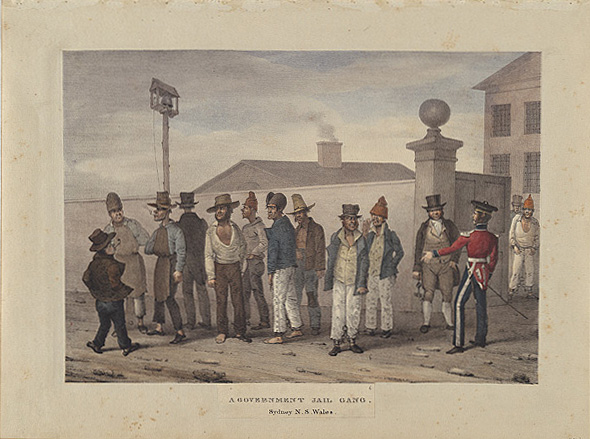The Dictionary of Sydney was archived in 2021.
A government jail gang, Sydney N.S. Wales c1826

Contributed By
(Purchased 1995)

